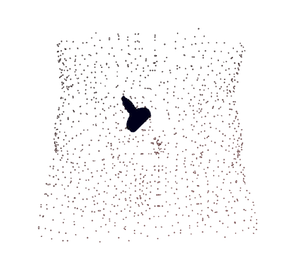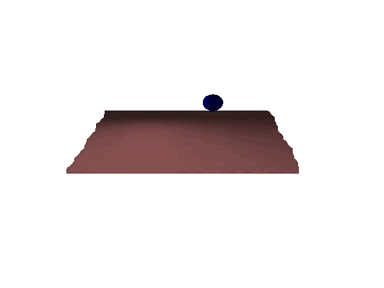Professor Nigel W. John FEG FLSW
Home Research About Contact
Haptics with Charged Particles (2006-2009)

 Particle systems has always been one of my favourite computer graphics techniques ever since I first saw them being used for the wall of fire effect in the Genesis sequence (Star Trek II - The Wrath of Kahn, 1982). Particle systems are ubiquitous today for rendering amporphous objects but can also be adapted for other uses. In this project we wanted to use particles to model soft tissue deformation in a medical simulator with realistic force feedback.
Particle systems has always been one of my favourite computer graphics techniques ever since I first saw them being used for the wall of fire effect in the Genesis sequence (Star Trek II - The Wrath of Kahn, 1982). Particle systems are ubiquitous today for rendering amporphous objects but can also be adapted for other uses. In this project we wanted to use particles to model soft tissue deformation in a medical simulator with realistic force feedback.
Buckley 0. (2009). Efficient Haptic and Visual Soft Tissue Deformation Using a Particle-Based Approach. PhD Thesis, Bangor University. This project was undertaken by my PhD student Oli Buckley. Our idea was to model particles as having an electromagnetic charge, with the Haptic Interaction Points, HIPs, modelled with the opposite electromagnetic charge (Buckley & John, 2007). The system obeys the rules of electromagnetic interaction, and as a HIP gets closer to the soft tissue a repulsive force is generated to give the feeling of a continuous surface. These charged particles provide a relatively low-resolution haptic surface, and their positions can act as control points for a high-resolution spline surface. This approach also provides provision to cut or restructure the soft tissue.
Oli is currently a lecturer at Cranfield University.
Further Reading
- Buckley, O., & John, N. W. (2007). Efficient modelling of soft tissue using particle systems. Medicine Meets Virtual Reality 15: In Vivo, in Vitro, in Silico: Designing the Next in Medicine, 125, 55.